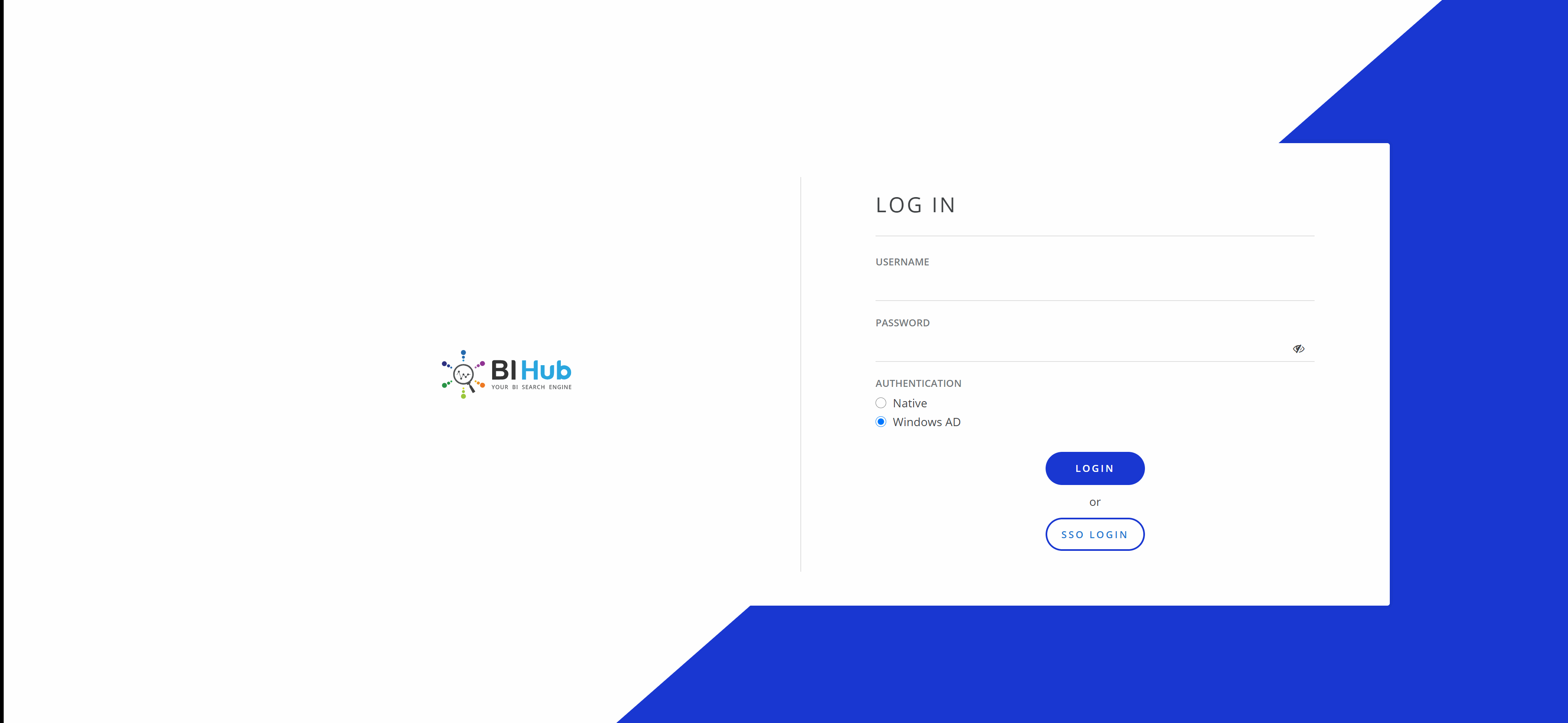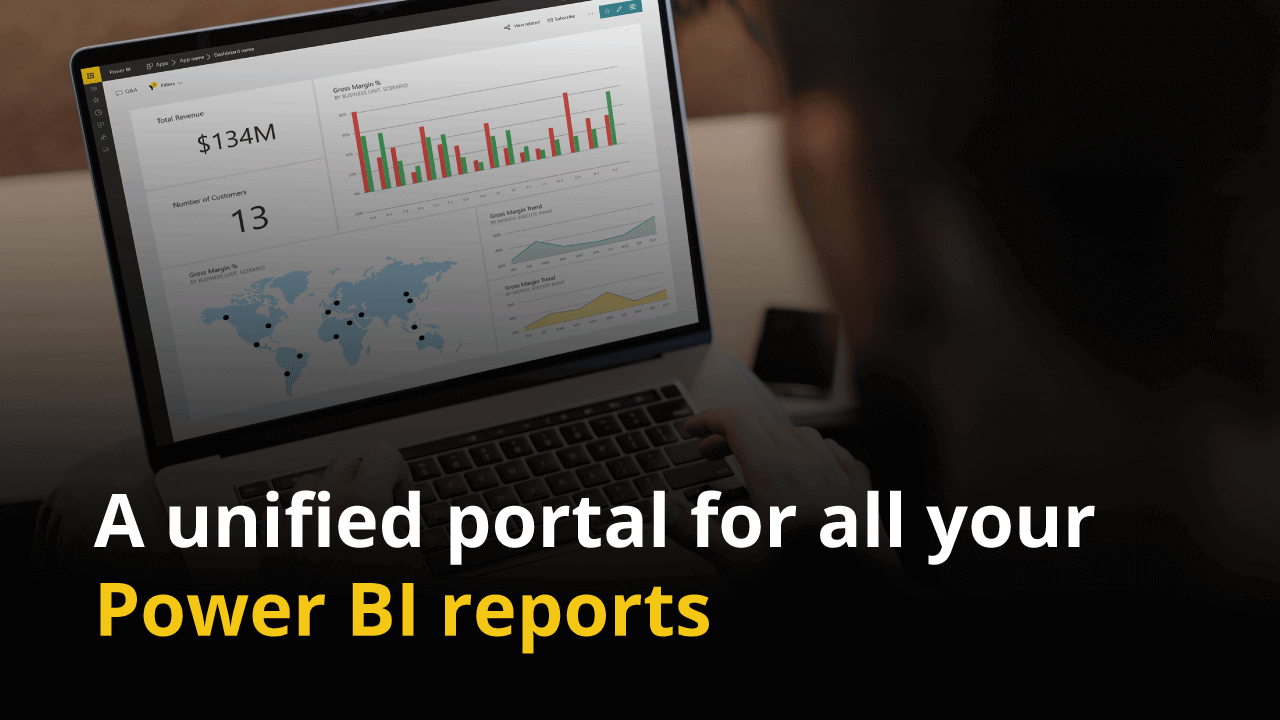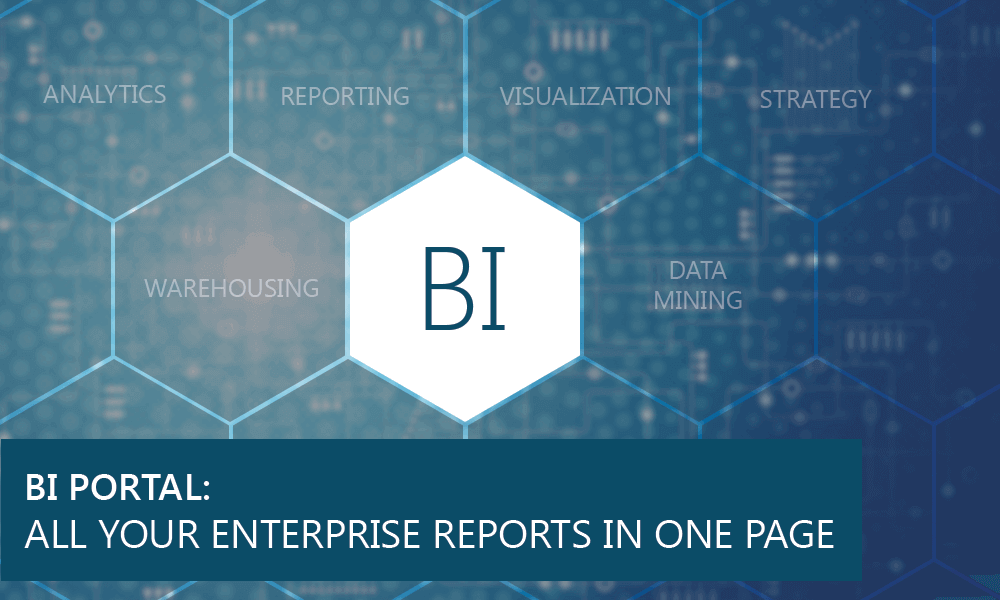You have multiple BI systems to meet the individual needs of multiple departments – that’s great, or is it?
In today’s world, Business Intelligence (BI) is an integral part of each and every company’s day-to-day activities and with rapid technological advancement, there have been a lot of BI offerings available in the market. Most of the companies end up owning several BI systems because different departments or teams use different BI tools. That means that the number of reports that are in use is huge, the data is scattered across multiple systems and many times it’s duplicated because different reports will need data in different formats or in different databases. All this makes decision-making even more difficult and prone to errors which increases time, cost, and risk.
Here are few key challenges with having multiple BI Systems:
1. No centralized access point
Since there is not a single place to find reports, users don’t have an easy way to know if a report already exists in another system so they spend a lot of time searching in multiple systems to find reports – if they can find them at all.
2. Duplication of reports & efforts
Since they cannot find the reports they’re looking for; they end up creating a new report in the one BI tool they are familiar with, without realizing that a similar report already exists in another system. Therefore, users spend more time creating a new report and also make the situation worse by creating more duplicate reports and possibly duplicating the data as well.
Business users are forced to go to multiple different systems to access their reports and dashboards. Users reach out to analysts for any anomalies and exceptions in the data to identify which report they need to explore to discover insights. Thus, BI analysts spend a considerable amount of their time retrieving the data and answering the same question from users on an everyday basis.
One way to overcome these challenges is by consolidating all BI platforms into one place. Thus, users will be able to access all the reports from a centralized location and can get insights on which report to access based on multiple factors like report usage, certified reports, etc.
In order to achieve this, there needs to be a one-stop-shop portal to access all BI systems. You can integrate all your BI systems into one place using a BI portal. Doesn’t that sound interesting?
So, what is a BI portal & what are its key benefit?
- BI portal boosts data discovery and helps in accessing reports from all BI systems through a single interface.
- It allows users to search and discover reports and dashboards in seconds.
- It gives administrators and power users the power to add custom metadata and extend the capabilities of the catalog beyond what is provided by the respective BI platform.
Since a BI portal is a self-service platform, it will help users to derive insights on their own and enable the business analysts to focus on high-value analysis.
“BI Hub”, the BI Portal that helps users discover and consume reports in seconds. Users do not need to remember in which BI system the report is residing as BI Hub integrates reports and dashboards from all the BI systems into one unified portal. BI Hub also maintains security, compliance and ensures it maintains the integrity of the BI systems.
Take a look at a quick demo of how a user can quickly access their reports available in different BI tools like Power BI, Tableau, SAP BOBJ reports using BI Hub.

Quick Demo of accessing reports from Power BI, Tableau, SAP BOBJ using BI Hub
Reach out to us if you are trying to tame your BI Jungle. You can request a quick live demo of BI Hub and see the benefits in real-time.


